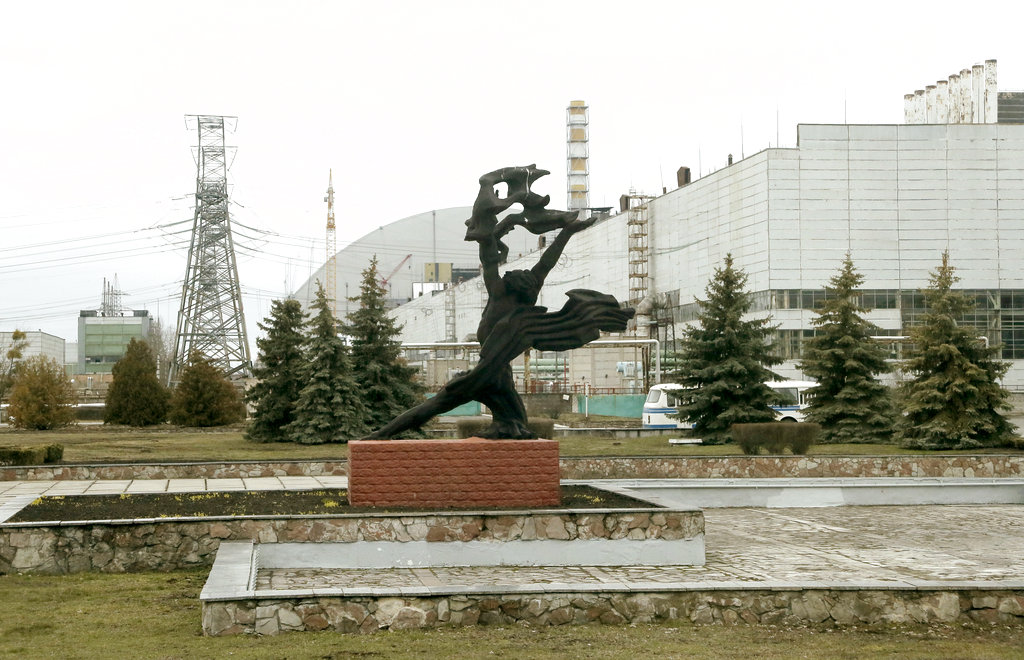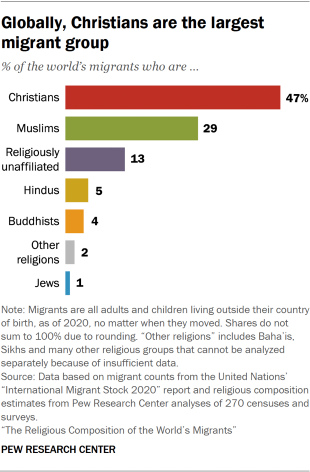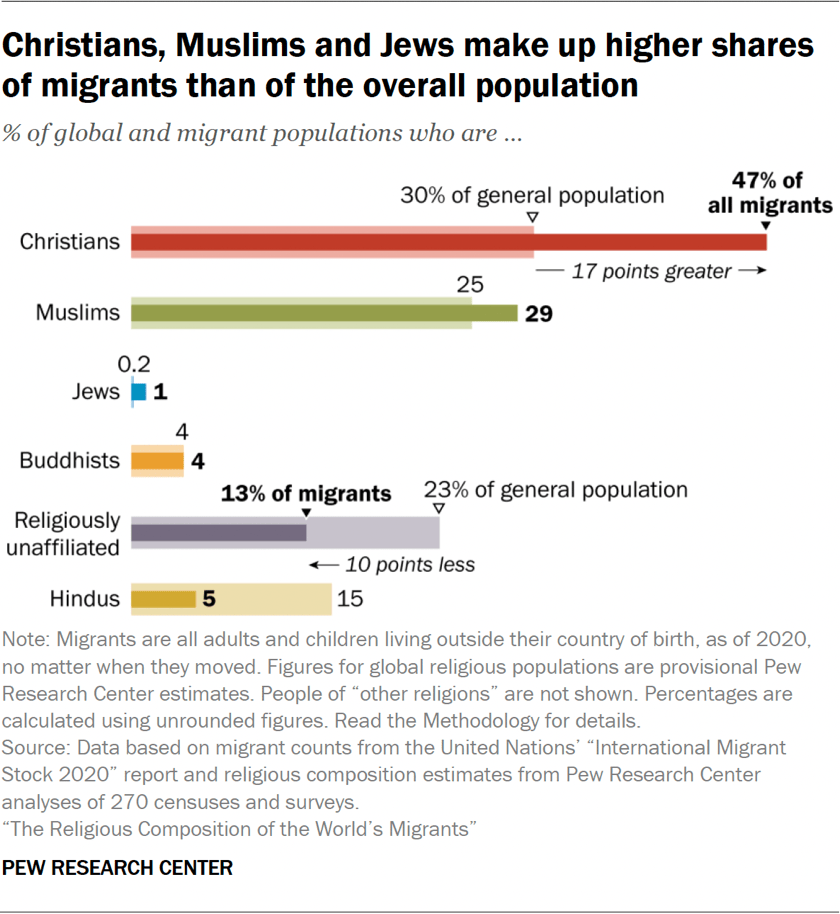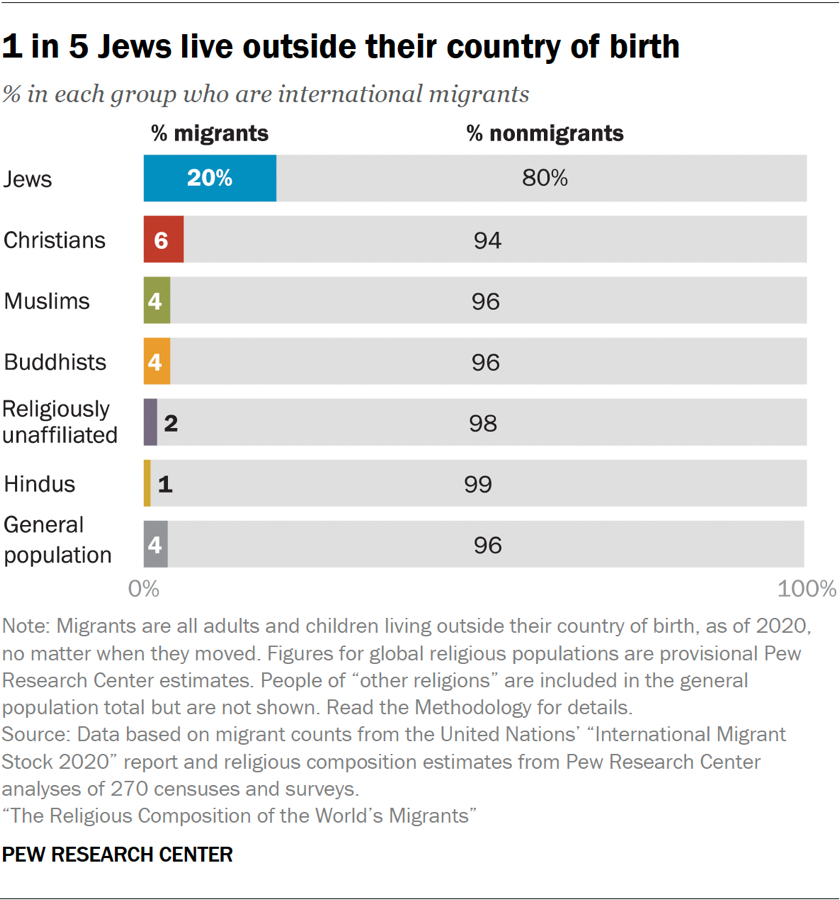First it was the Americans that ran out of money for Ukraine leading to a disastrous six month hiatus in supplies that allowed Russia to destroy 90% of Ukraine’s non-nuclear electricity generation capacity. Now it is the Germans turn: Berlin has frozen all additional military aid to Ukraine due to budget constraints, the Frankfurter Allgemeine Zeitung (FAZ) reported on August 18.
The decision, backed by Chancellor Olaf Scholz, was ordered by Finance Minister Christian Lindner and limits new funding for Ukraine's military needs to aid packages that have already been announced. No additional funds will be allocated for the coming years, despite ongoing military conflicts in Ukraine.
Bankova (Ukraine’s equivalent of the Kremlin) quickly posted a message on social media saying that financial aid to Ukraine by Germany would not be suspended.
Some commentators have pointed out that the final decision lies with Bundesrat, the parliament, which has not yet made a decision. It already approved additional funds last year, contrary to the government's draft budget, so a work around may still be found.
However, recent revelations that a Ukrainian diving instructor was behind the destruction of the Nord Stream 1&2 gas pipelines that belonged to Germany and was the major source of energy to the country, may complicate matters. German prosecutors have issued a warrant for his arrest, but, with Polish complicity, he fled to Ukraine.
Ukraine has been worried that the mounting Ukraine fatigue will reduce the support it gets from its Western allies. Eventually the US passed a new $61bn aid package on April 20, but that package is widely seen as the last big financial package the US will contribute to the war effort.
The EU also approved a four-year €50bn support package in February and is taking over as Ukraine’s main source of funds. In addition, a $50bn loan agreed by the G7 countries in July that will be serviced by interest payments from the $300bn of frozen Central Bank of Russia (CBR) reserves was approved, but as bne IntelliNews reported Ukraine is running out of men, money and materiel and the loan money is not expected until the autumn at the earliest.
This year the Ukrainian budget calls for a record $43bn deficit, but there is already a $12bn hole that needs to be filled, and the government is mulling making spending cuts, raising taxes and, as a last resource, turning the printing presses back on to cover the shortfall. Moreover, the outlook is for the situation to get worse; Ministry of Finance (MinFin) forecasts it will receive some $37bn this year from international donors, increasingly in the form of loans, but that will fall to $19bn by 2026.
Ukraine has already technically defaulted on its outstanding Eurobonds, after it was unable to start repayments at the start of August and was forced to restructure the debt, giving investors a 60% haircut, but offering them potentially lucrative GDP warrants as compensation. Under the deal some of the world’s biggest investors, including BlackRock, Amundi and Amia Capital, will write off a large part of $23.4bn by exchanging their bonds for new ones that will have maturities of as much as 12 years.
Germany’s decision comes at the worst time for Ukraine, which is slowly losing ground to the advancing Armed Forces of Russia (ARR) on the frontline inside Ukraine, but has also launched a bold attack on Russian soil in the Battle for Kursk and needs more money and arms than ever.
In a letter obtained by FAZ, Lindner outlined that future aid to Ukraine should be financed through the $50bn package recently agreed upon by the G7. However, the $50bn loan remains bogged down in wrangling over how the money will be distributed by the contributing countries and German has objected to participating saying that it has already contributed €37bn to Ukraine’s war budget and points out it is already the biggest contributor to the four-year €50bn package agreed at the start of this year.
One immediate impact of the decision is the inability to finance an IRIS-T fire unit that had been offered for immediate delivery by Germany’s Diehl Defence. The unit became available after another customer opted to defer their delivery to aid Ukraine following a devastating Russian missile attack on a children’s hospital in Kyiv in July. Despite the urgency, the funds were not approved, against the wishes of Defence Minister Boris Pistorius, but Norway has stepped in to provide the system.
The freeze on new military aid has reportedly led to significant tensions within the German government. Ministries led by Defence Minister Pistorius, Foreign Minister Annalena Baerbock, and Vice Chancellor and Minister for Economic Affairs Robert Habeck were strongly opposed to the lockdown. Sources told FAZ there was a major dispute within the government following the announcement.
FAZ reported that the funds for military aid in 2024 have already been fully allocated, with the planned €4bn for 2025 already overbooked.
The Federal Government itself has denied the FAZ report. The only reason aid to Ukraine was capped at €4bn in the budget is because there will be additional aid from another budget, the Chancellery said.
There was also no comment on how many weapons were currently being delivered, as this is usually only announced once the weapons, tanks and air defence systems have arrived in Ukraine .
The financial planning for subsequent years looks grim, with only €3bn earmarked for 2026 and a mere €500mn for both 2027 and 2028. Unless new money is found, the financial outlook for Ukraine is grim and that no new military aid pledges to Ukraine will be possible in the near future.
As a result, the $50bn G7 loan becomes a crucial source of funding for Kyiv.
Behind Germany’s budget problem is the November 15, ruling by the Federal Constitutional Court, which declared the second supplementary budget unconstitutional. The federal government had earmarked structural EU funds that it intended to use for the green transition, but the court ruled that the €60bn in question could not be reassigned under Germany’s so-called debt-brake rules, leaving a significant hole in the budget plans.
The federal government and the 16 federal states are obliged to balance their books, making taking out new loans very difficult. No other G7 country has such strict limits on new borrowing and the rules are enshrined in the German constitution. The debt brake became legally binding for the federal government in 2016 and for the states in 2020. Federal Finance Minister Wolfgang Schäuble (CDU) was then able to present the first "black zero" balanced budget in 45 years in 2014. The only wiggle room the federal government has – regions have none -- is it is allowed to borrow up to a maximum of 0.35% of GDP, or around €13bn in additional debt.
The debt brake can be suspended, "for natural disasters or unusual emergency situations beyond governmental control and substantially harmful to the state's financial capacity," categries the war in Ukraine do not fall into.







